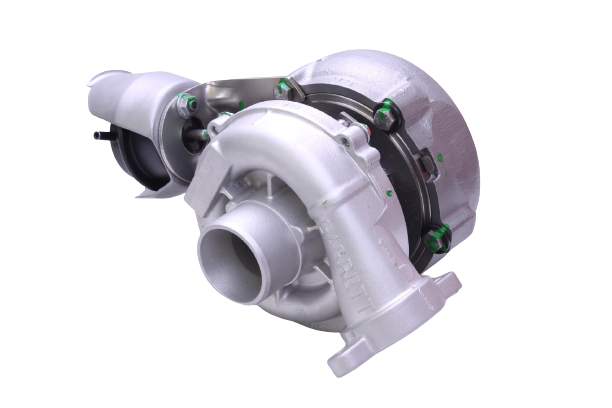Types of Turbochargers

(A) Single-Turbo
How It Works:
Uses one turbo for all cylinders.
Pros:
✅ Simple design, cost-effective.
✅ Good balance of power and response.
Cons:
❌ Turbo lag at low RPMs.
❌ Limited peak power compared to twin-turbo setups.
Applications:
Economy cars (e.g., VW 1.8T, Subaru WRX).
(B) Twin-Turbo
How It Works:
Two turbos (can be parallel or sequential).
(i) Parallel Twin-Turbo
Two identical turbos split the workload (e.g., BMW N54).
✅ Better top-end power.
❌ Still some lag at low RPM.
(ii) Sequential Twin-Turbo
Small turbo (low RPM) + large turbo (high RPM).
✅ Eliminates lag (e.g., Mazda RX-7).
❌ Complex plumbing.
Applications:
Performance cars (e.g., Ford GT, BMW M models).
(C) Variable Geometry Turbo (VGT)
How It Works:
Adjustable turbine vanes optimize exhaust flow.
Pros:
✅ No turbo lag (e.g., Porsche 911 Turbo).
✅ Works well in both low and high RPMs.
Cons:
❌ Expensive to manufacture.
❌ Sensitive to high exhaust temps.
Applications:
Modern diesels (e.g., Audi TDI), some petrol engines.
(D) Electric Turbocharger

How It Works:
Uses an electric motor to spool the turbo instantly.
Pros:
✅ Zero lag (e.g., Audi SQ7).
✅ Can work independently of exhaust gases.
Cons:
❌ High power draw from the battery.
❌ Still in early adoption phase.
Applications:
Hybrid performance cars, motorsports.
(E) Twin-Scroll Turbo

How It Works:
Divides exhaust pulses for better efficiency.
Pros:
✅ Reduces lag compared to single-scroll.
✅ Improves low-end torque.
Cons:
❌ More complex exhaust manifold.
Applications:
Hot hatches (e.g., Honda Civic Type R).
2. Limitations of Turbocharging
(A) Turbo Lag
Issue: Delay in boost at low RPMs.
Solution: Twin-scroll, VGT, or electric turbos.
(B) Heat & Reliability
Issue: High exhaust temps can damage turbos.
Solution: Upgraded intercoolers, oil cooling.
(C) Boost Threshold
Issue: Needs a certain RPM to spool.
Solution: Smaller turbos or twin-turbos.
(D) Cost & Complexity
Issue: More parts = higher maintenance.
Solution: Proper tuning and cooling.
(E) Fuel Efficiency Trade-Off
Issue: More boost = more fuel consumption.
Solution: Efficient tuning (e.g., Miller cycle).
Final Verdict
Best for Lag Reduction: VGT or Electric Turbo.
Best for High Power: Twin-Turbo or Two-Stage.
Best for Fuel Economy: Miller Cycle Turbo.

Post a Comment